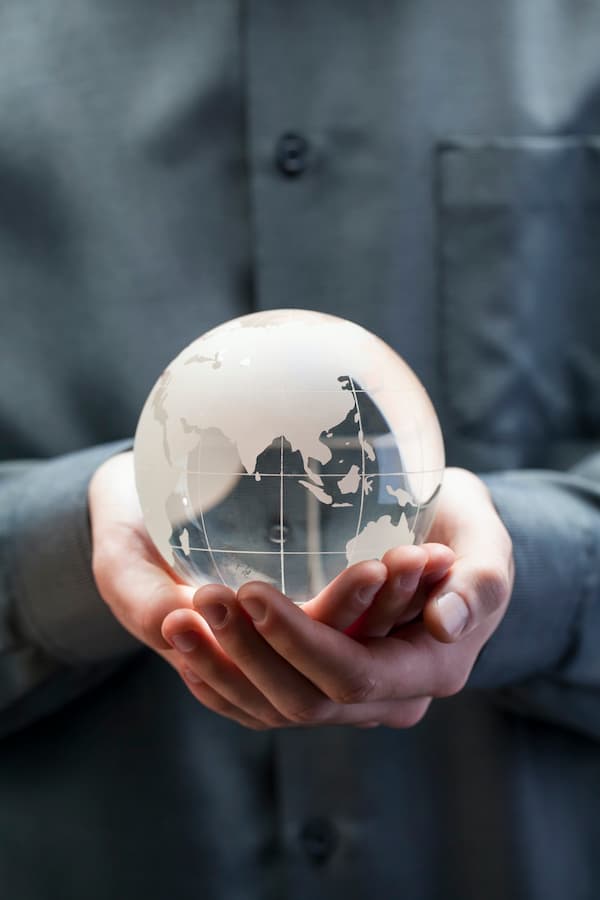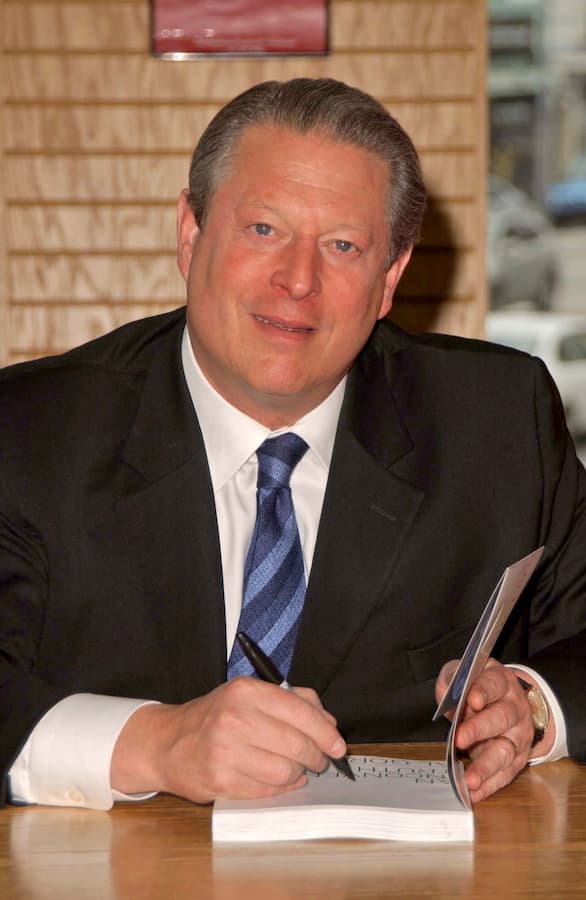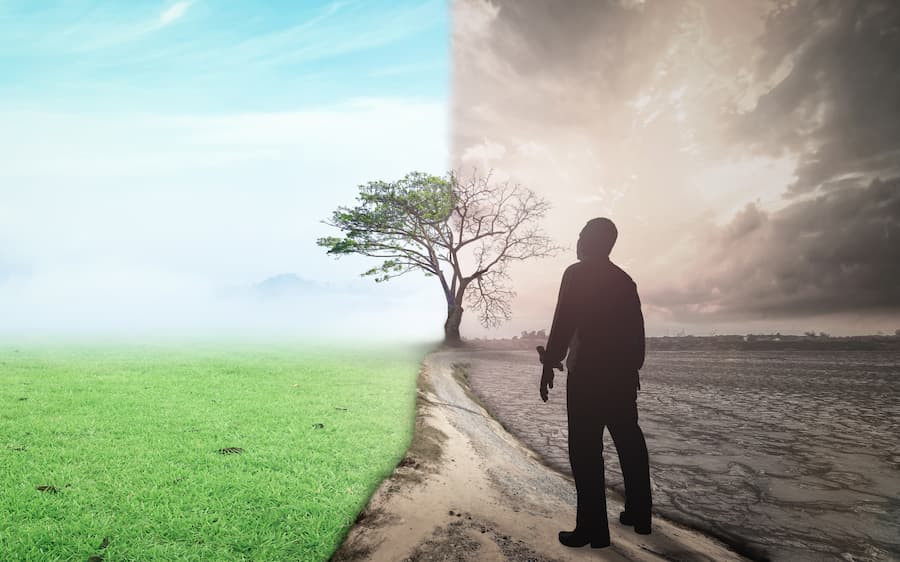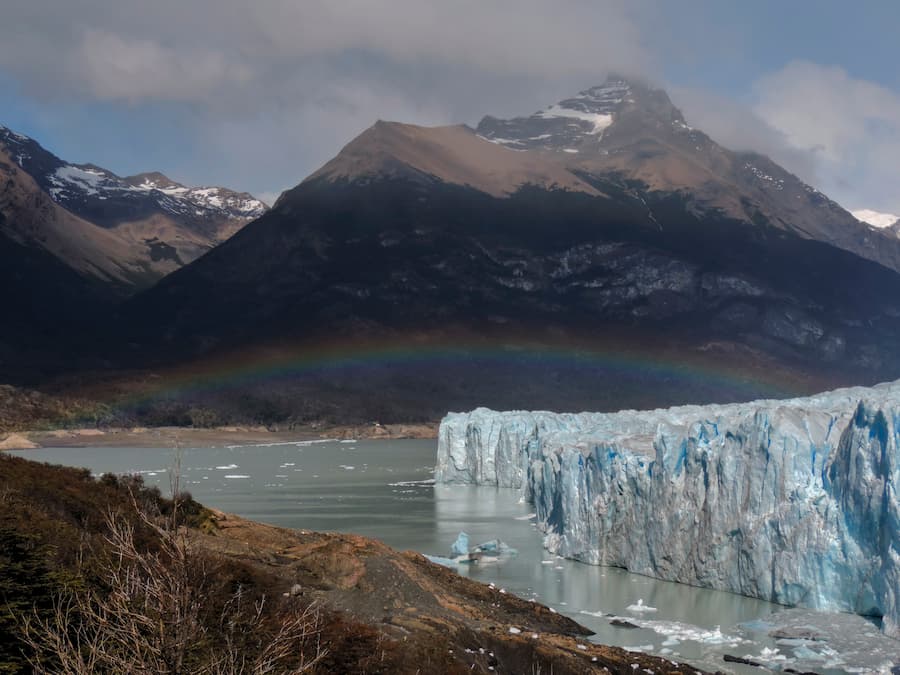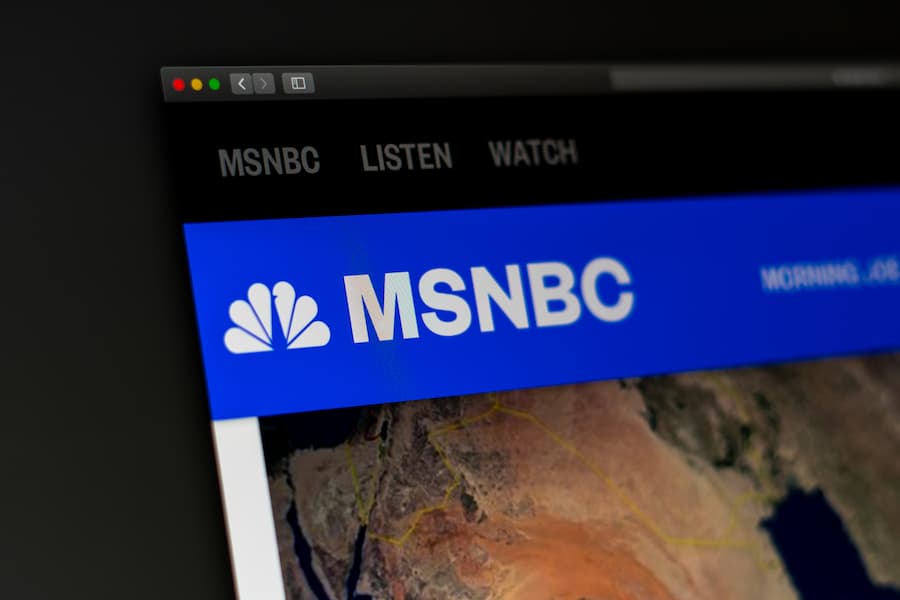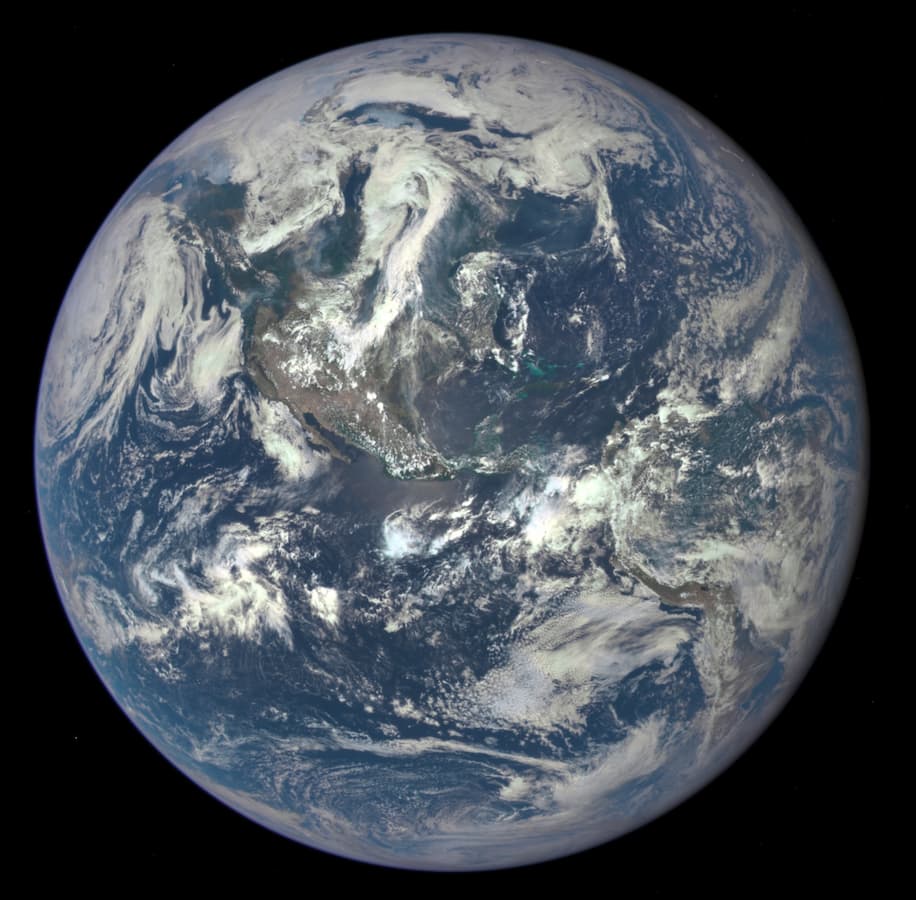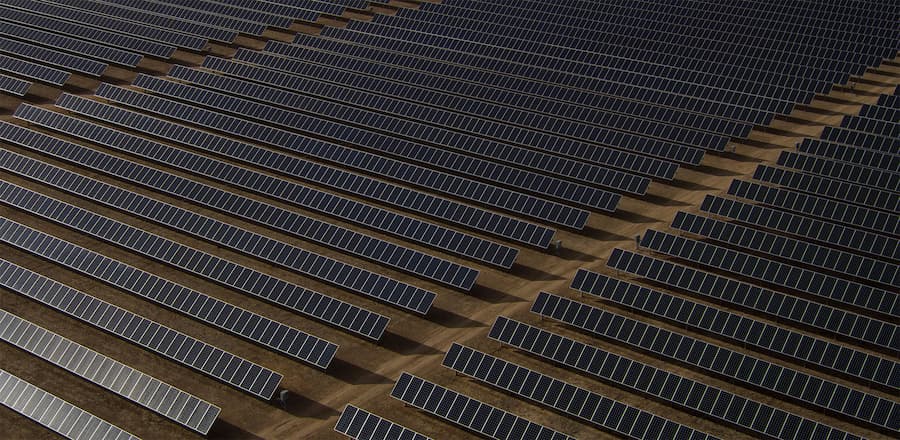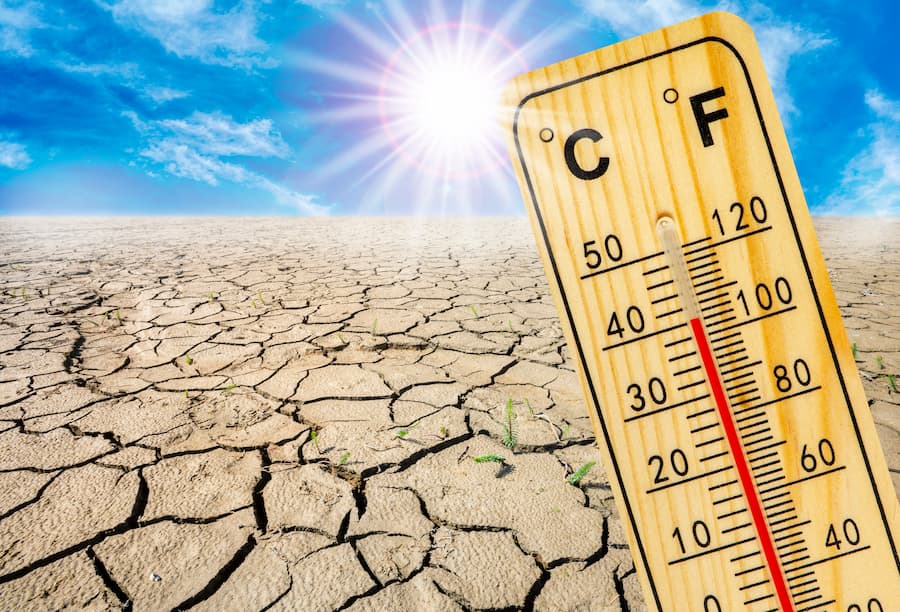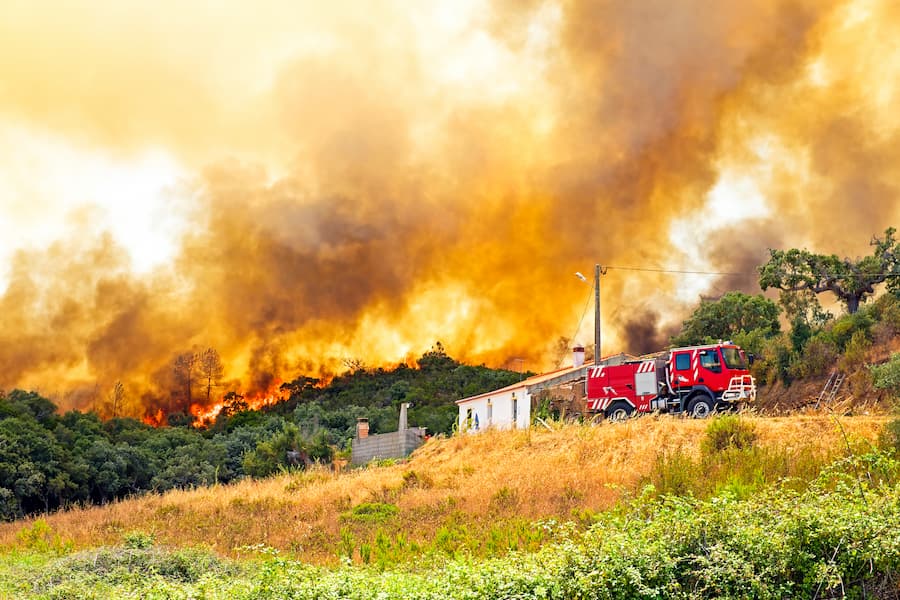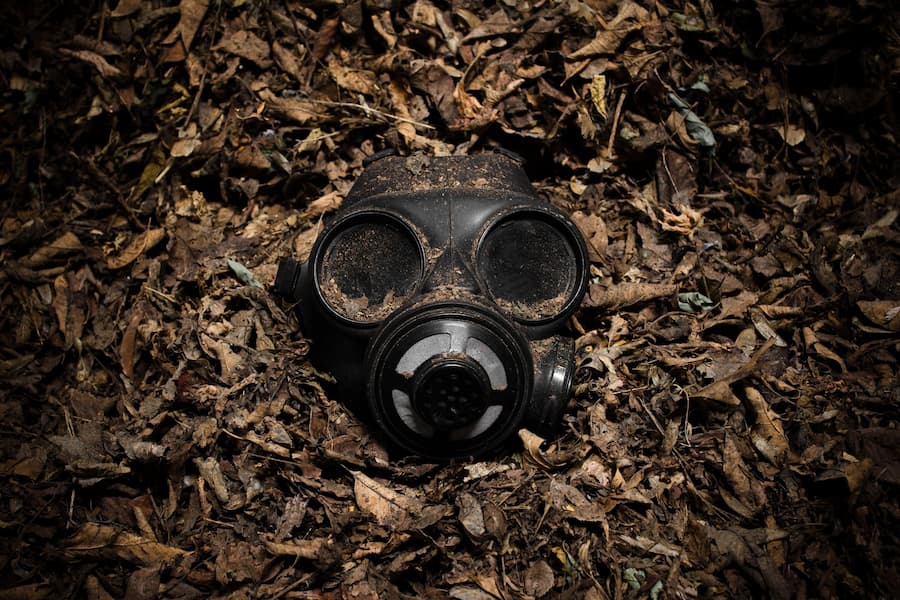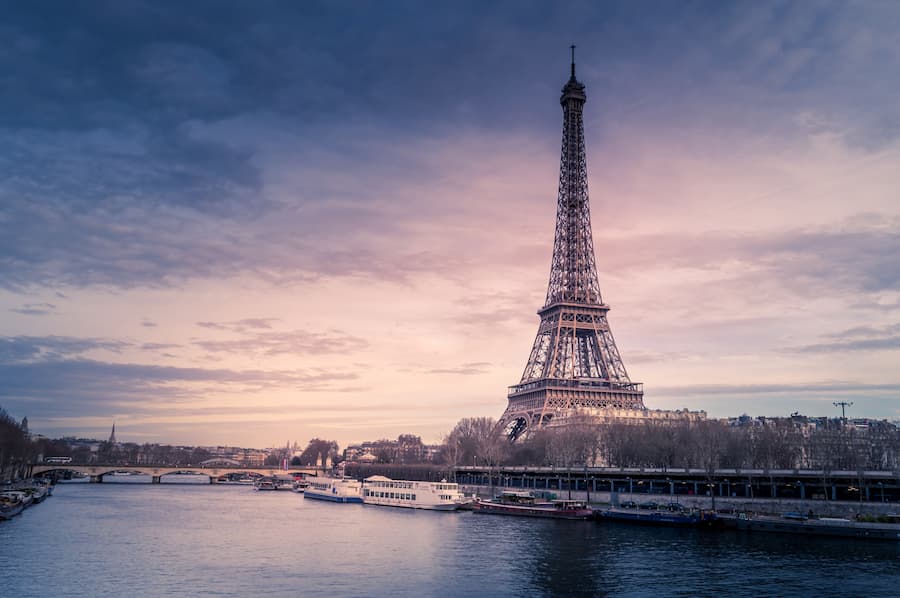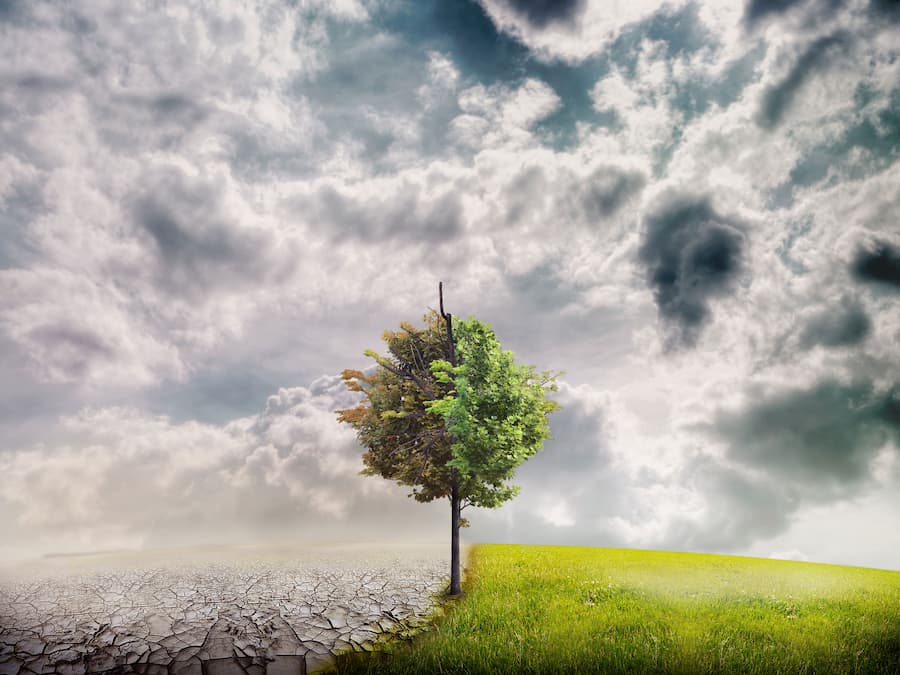An Inconvenient Sequel: Truth to Power - The Documentary
About ten years after the Oscar-winning documentary "An Inconvenient Truth," a sequel was made called "An Inconvenient Sequel: Truth to Power."
The first documentary was a critical and financial success that brought the topic of climate change to the forefront of mainstream culture. In 2007, not only did the film get two Academy Awards, but Al Gore won the Nobel Peace Prize, which was shared with the IPCC, the Intergovernmental Panel on Climate Change.
This new documentary, An Inconvenient Sequel, follows Al Gore as he continues to raise awareness about the climate crisis.
The Return of Al Gore
At the beginning of the documentary, there is a sequence of criticism of Al Gore from climate change deniers.
Then, there is a hearing in which Al Gore is questioned by James Inhofe, an influential climate change denier who is also a Senator in the United States.
"Yes or no, do you believe that human-caused global warming is a moral, ethical, and spiritual issue affecting our survival?"
Al Gore answers, "Yes, I do."
Later, Al Gore states, "The National Academy of Sciences here in this country and in the 16 largest or most developed countries in the world agrees with the consensus that I've stated."
In the film, Al Gore says, "Since An Inconvenient Truth came out ten years ago, climate-related extreme weather events have gotten so much worse. And so I've continued to give my slideshow all around the world."
"Actually, there were times when it really looked bleak and dark because the forces trying to stop the change regrouped and poured tons of money in trying to paralyze the political system in the U.S. and in other countries. I got really discouraged. And there came a time for me when I felt, wow, we could lose this struggle. We need to recruit more people."
The Fellowship of the Green Ring
Al Gore founded the Climate Reality Project, and he does training events each year to get more people to educate the public about climate change.
In this documentary, there are many scenes in which Al Gore talks to trainees from many different countries.
Climate Reality uses a green ring in its logo and also has green rings pinned on its members at events.
In one of his lectures, Al Gore mentions how extremely hot days are becoming much more common in recent years than a few decades before.
He showed the crowd footage of a glacier in Greenland quickly melting in April 2016.
Death of a Glaciologist
In the movie, Al Gore visits a Swiss Camp climate station in central Greenland with Dr. Konrad Steffen. The glaciologist tells Al Gore that between 2000 and 2016, they lost 12 meters of ice.
Steffen shows before-and-after pictures of the climate station, which illustrates dramatic melting.
A few years later, Konrad Steffen died on August 8, 2020, in an accident while visiting Greenland. "He fell into a crevasse near the Swiss Camp research station and drowned" (Source).
Ryan Neely III, a climate scientist at the University of Leeds, stated that these crevasses "were unheard of" prior to deglaciation (Source).
Sea Level Rise in Miami Beach, Florida
Al Gore says in "An Inconvenient Sequel," "It is frustrating that for many years, I've tried to communicate that we've got to act on the climate crisis. But it's not happening fast enough. If I said there weren't times when I felt this was a personal failure on my part, I'd be lying."
Al Gore visits Miami Beach and sees the flooding which is happening. He talks with the mayor of Miami Beach, Philip Levine, about the flooding. The city has raised the roads to deal with sea-level rise.
"So you raise the road with saltwater-resistant materials?" Al Gore asked to which the mayor responds, "Yes."
Al Gore then asked, "And what level of sea-level rise is this designed to protect against?"
A person answers, "We are building in about a foot of sea-level rise. And I'm sure the projections are gonna continue to move."
Al Gore says, "Kinda hard to pump the ocean."
Later, Al Gore speaks to a crowd of nearly 800 attendees at a climate leadership training in Miami, Florida. He tells them that Miami, in terms of assets at risk, is the number one city at risk in the world for sea-level rise.
He says that South Florida could have possibly 7 feet of sea-level rise by 2100.
He then mentions how low-lying islands like the Maldives have an enormous amount at risk. Also, he states how Kiribati has already purchased land to move its entire population.
He later states, "In order to address the environmental crisis, we are gonna have to spend some time fixing the democracy crisis. Because big money has so much influence now, our democracy has been hacked. Large contributors call the shots."
To find out more about the money spent by the fossil fuel industry to spread denial about climate change, visit the page on climate change deniers or the one on the documentary Merchants of Doubt.
Interview with Chris Hayes
In "An Inconvenient Sequel," Al Gore states that the climate crisis is not getting the media attention it should have.
In an interview with Chris Hayes from MSNBC, Chris mentions how in the 2016 Republican primaries, which had a lot of people, there was "no one on climate."
Al Gore responds, "Since when did the United States abandon its traditional world leadership role? Especially at a time when, just this past week, the President of China says, 'Okay, we're going to adopt a cap and trade program, and we're reducing our CO2 emissions, and we want to create jobs in solar and wind and efficiency.' This is the most serious global challenge we've ever faced. No other country can play the role that the U.S. can play."
Climate Reality Training and the DSCOVR Satellite
In 2006, Al Gore did his first climate leadership training with 50 people. Years later, it would grow to hundreds and thousands of people per training.
The film "An Inconvenient Sequel" shows Al Gore speaking during a slide with a picture of the Earth.
"And I've always started my slideshows with those pictures. When people can see the Earth from space, they naturally find it easier to feel a connection to our shared home."
"And the last image from the Apollo program, The Blue Marble, the one picture of the entire Earth fully illuminated, completely changed the way people think about the planet. It energized the modern environmental movement. I put that picture on my office wall in the West Wing of the White House, and I looked at it every day."
He talked about his involvement with the DSCOVR satellite (he proposed it in 1998), which could take pictures of the Earth and take other scientific data. NASA built the satellite, but the Bush administration cancelled it. It would later be launched in 2015 (Source).
Positive Outlook
Al Gore mentions in to his trainees that "anybody who decides to be part of helping to solve the climate crisis has a constant struggle between hope and despair." He tells them not to sink too low when they see slides of the effects of climate change because there is a lot of hope in renewable energy.
In "An Inconvenient Sequel," Al Gore mentions, for instance, that Scotland got 100% of its electricity from wind power on August 7, 2016.
In May 2016, Portugal had renewable energy power the entire country for four straight days.
He adds that wind power could supply worldwide electricity consumption 40 times over.
In a 2002 projection, they thought that solar power worldwide would grow 1GW per year by 2010. However, that goal was exceeded by 17 times. In 2015, it was beaten 58 times over.
"This year, we're on track to beat that goal 73 times over."
He shows an exponential curve of world solar power installations going up and another graph that shows the price of solar panels going down dramatically over time.
Effects of Climate Change
"When any of us walk outside and look up at the sky, our natural impression is that the sky looks like it's a vast and limitless expanse. Goes on forever. Actually, the atmosphere of the Earth is a very thin shell surrounding the planet."
"And, of course, right now we are putting 110 million tons of heat-trapping global warming pollution into that space every single day. We're using this as an open sewer for all of the gaseous waste in our global civilization."
"Agriculture is a big cause of it. Burning of forests and burning of cropland. But still, the main part of the problem is the emission of carbon dioxide from the burning of coal, oil, and gas. And that builds up heat energy and raises temperatures."
"India just set their all-time high temperature record in May. 123.8 degrees Fahrenheit. The streets are melting. We have built a civilization for conditions that we are now in the process of radically changing. All-time records have been broken this year in Thailand and Cambodia and Laos. In Pakistan, over 1,200 people died in the heat wave there. This year, they have dug anticipatory mass graves for the people they fear will die in this year's heat waves."
Al Gore also mentions how climate change is causing diseases like Zika to spread further into new regions as temperatures increase. Essentially, as temperatures go up, the mosquito's range expands, and the virus incubates more quickly (there is also an effect on dengue fever, malaria, and salmonella).
Al Gore mentions how pregnant women, for the first time in history, have been told not to go to certain parts of United States of America because of the zika virus. Al Gore also mentions how women in Central and South America have been told not to get pregnant for two years. "That's something new in the history of the human race."
Storms, Droughts, and Wildfires
Al Gore later mentions in "An Inconvenient Sequel" that 93% of all the heat energy from global warming is going into the oceans. This has consequences. For example, hurricanes become more powerful as they travel through warmer waters.
Al Gore mentions that the most criticized scene of the movie "An Inconvenient Truth" was an animated scene showing that the World Trade Center Memorial would go underwater with the combination of rising sea levels and storm surge. People said it was an exaggeration.
However, with Hurricane Sandy in 2012, the World Trade Center Memorial was underwater.
Al Gore also adds that warmer temperatures led to the Super Typhoon Haiyan (in 2013) becoming the strongest and most destructive ocean-based storm ever to make landfall. In the city of Tacloban, there were 4.1 million climate refugees, and thousands of people were killed.
Al Gore decided to do a training in the Philippines after the country was hit by Super Typhoon Haiyan.
Al Gore mentions that poor people are most affected by climate change.
Al Gore adds that warming oceans also lead to more precipitation as water evaporates. "This means that every storm is different now because it takes place in a warmer and wetter world." He also says that certain extreme precipitation events occur, which are now known as "rain bombs."
He states that the same heat which evaporates water from the ocean is also taking moisture from the ground, which causes droughts, which leads to more wildfires.
Syrian Civil War
Al Gore declares in "An Inconvenient Sequel" that there was a severe drought in Syria between 2006 and 2010, which was record-breaking.
60% of all the farms in Syria were destroyed, and 80% of all their livestock were killed.
The drought caused 1.5 million Syrians to go from farmland into cities, which was one of the factors to the Syrian Civil War.
The drought was the worst in at least 900 years. It was unprecedented.
Essentially, climate change will cause more wars over natural resources as there will be more floods, storms, rising seas, droughts, and millions of refugees.
There will also be shortages for food and water.
Paris Climate Agreement - Discussed in An Inconvenient Sequel
Climate Reality organized a global broadcast called "24 Hours of Reality," but, unfortunately, it was cancelled due to the terrorist attacks in Paris in 2015, which happened before the Paris Climate Agreement.
"The fact that those terrible attacks took place in the city where the climate conference was about to begin caused many to connect these two events at a deep level that is difficult to articulate in words. There have been so many times when big setbacks have tempted me to deep despair. But if I can draw upon my faith tradition, God said, 'I lay before you a choice between life and death. Therefore, choose life.'"
Al Gore attended the Paris Climate Agreement, which took place two weeks after the attacks.
"One of the secrets of the human condition is that suffering binds us together. Those 150 heads of state were moved to speak in ways I don't think they otherwise would have. Every one of them began with, first, condolence, and then solidarity. And when they turned, in the next paragraph, to their hopes for the conference, they could not help but say this is an opportunity for us to make that solidarity tangible and real."
During the Paris Climate Agreement, there was some disagreement coming from developing nations such as India, which felt that there weren't getting enough help to switch to solar and wind power. In the movie, Al Gore takes the initiative to help with the gridlock.
Conclusion
In front of an audience, Al Gore mentions how cellphones exploded in popularity in both the developed and developing world, and that this transfer of technology could resemble the advent of alternative energy.
Basically, in developing countries, they moved from having no phones to mobile phones, thereby skipping landlines. He also points out that solar panels can be beneficial to places that don't have adequate landline electricity grids.
As a beacon of hope, Al Gore illustrates how Chile's solar market exploded in recent years via his slideshow.
Al Gore mentions how the sun gives more energy to the Earth in one hour than the world consumes in an entire year.
Towards the end of the documentary, it shows the moment the Paris Climate Agreement was accepted. Al Gore states that "virtually every nation in the entire world agreed to get to net-zero greenhouse gas emissions as early in the second half of this century as possible. This sends a signal to markets, sends a signal to investors. And it resulted in the largest solar loan in the history of the world to help India move forward more quickly in its installation of solar."
"It needs continuing work. And one of the reasons your role is so important is to hold them to what they've agreed to and to keep the pressure on. Because even with all the agreements put together, it's still not enough. But the basis is there to ramp up and make more progress. There are cities in the U.S. that have already reached the goal of 100% renewable energy."
Unfortunately, towards the end of the film, it showed how the Trump administration would get out of the Paris Climate Agreement and promote fossil fuels.
Al Gore says, "For all the years I've been involved in this struggle, there have been lots of setbacks. So now we have another one. With all these new threats, there's never been a more important time to speak truth to power. I do my best to speak for the public interest in solving the climate crisis."
At the end of the film, Al Gore compares the environmental movement to the civil rights movement, the women's suffrage movement, the anti-apartheid movement, and the movement for gay rights.
Overall, this documentary "An Inconvenient Sequel" was indeed a good sequel to An Inconvenient Truth.
However, I would also like to encourage people to view the documentaries Merchants of Doubt and Before the Flood.

Further Reading and Sources
- Home
- Best Documentaries
- An Inconvenient Sequel
Join the Community and Newsletter (4500 Subscribers)
You can subscribe to my Substack Page or see the archives of previous posts. More great content coming soon!
Recent Articles
-
Quotes on Climate Change
Nov 24, 25 07:29 PM
Here is a list of quotes on climate change divided into different categories, many of which include people you have previously heard of. -
Climate Change Guide
May 09, 25 08:36 PM
The Climate Change Guide is your guide to a more sustainable future, and will provide you with all relevant information on mankind's greatest challenge. -
Laurent Cousineau
May 09, 25 08:23 PM
Here is information about the founder of the website Climate Change Guide, Laurent Cousineau. He created it in August 2011. -
Climate Change Quotes by Scientists Around the World
Aug 24, 24 02:01 PM
Explore impactful climate change quotes by scientists. Discover the wisdom and insights of experts advocating for a sustainable future.
